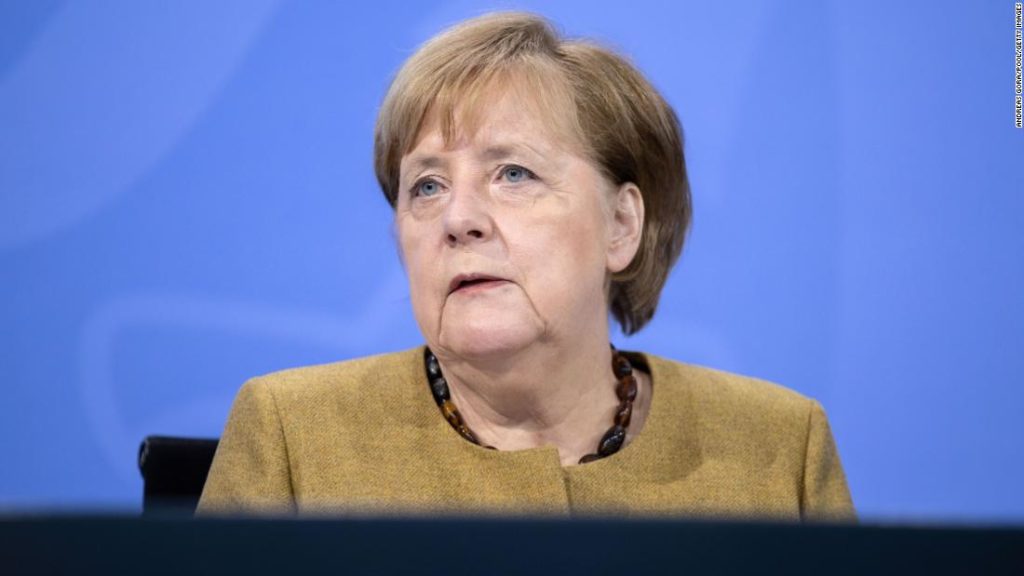Nearly all major sectors with the exception of construction suffered a decline last year.
Spending by households tumbled and business investment shrank the most since the financial crisis. Exports and imports of goods and services decreased for the first time since 2009, shrinking 9.9% and 8.6% respectively.
But the shallower than expected drop in GDP demonstrates the value of Germany’s industrial backbone, which makes it less reliant on services and consumption than countries such as the United States, United Kingdom, France, Italy and Spain.
“Apparently, strength in the export-oriented manufacturing sector offset the effects of the lockdown,” Commerzbank chief economist Jörg Krämer wrote in a note to clients on Thursday.
The German government shut restaurants, bars and clubs for the second time from the beginning of November in an attempt to curb a rise in coronavirus cases. Non-essential shops, services and schools were shuttered in the middle of December and remain closed.
“Germany’s outperformance reflects its comparatively light lockdown during the first wave of Covid-19, low share of tourism and hospitality in the economy, strong export sector, and generous fiscal support,” added Capital Economics chief economist, Andrew Kenningham.
The near term outlook for Germany’s economy is less encouraging, however.
Lockdown restrictions remain in place and German Chancellor Angela Merkel warned this week that they may not be eased for several weeks.
“While it currently looks as if the German economy avoided a black eye in the final quarter of 2020, it is hard to see how it can perform the same magic again in the first quarter,” Carsten Brzeski, global head of macro economic research at ING, wrote in a note.
“Economic activity is likely to decline again in the first quarter,” added Kenningham. “While manufacturers should continue to benefit from strong external demand, the scope for catch-up growth will decline as output gets closer to its pre-pandemic level.”
Lockdowns have also boosted domestic savings, which could juice the economy further if households spend some of the extra money, said Commerzbank’s Krämer.
That should allow German GDP to return to its pre-pandemic level by the final quarter of 2021, six to nine months before the wider European economy, Kenningham added.
You may also like
-
UK coronavirus variant has been reported in 86 countries, WHO says
-
NASA technology can help save whale sharks says Australian marine biologist and ECOCEAN founder, Brad Norman
-
California Twentynine Palms: Explosives are missing from the nation’s largest Marine Corps base and an investigation is underway
-
Trump unhappy with his impeachment attorney’s performance, sources say
-
Lunar New Year 2021: Ushering in the Year of the Ox

